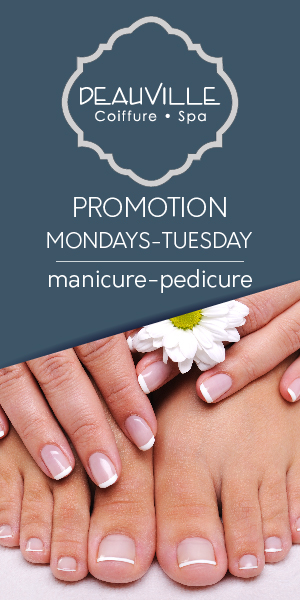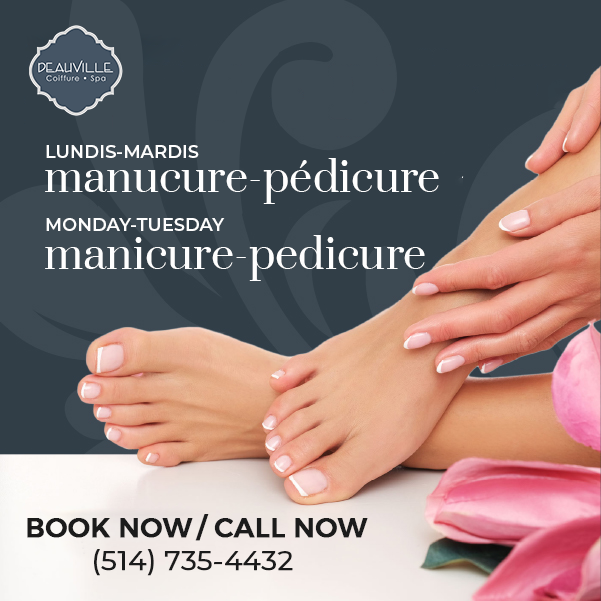Frizz can arise after receiving a keratin hair treatment due to humidity or product buildup, but using appropriate products can help alleviate these concerns and maintain smooth, frizz-free locks after treatment.
Traditional salon formulas contain formaldehyde, which is an odorless gas commonly used in building materials and household products, but most keratin treatments use safe levels of this chemical.
1. It is a permanent solution
Keratin is a protein found in your hair, skin and nails that forms an essential protective barrier between moisture and nutrients to ensure healthy and strong locks.
Keratin treatments are an increasingly popular way to straighten and smooth the hair, giving it silky-smooth locks. While these treatments may last months with proper care, proper results should only last about 6-8 weeks on average. Sulfate-free shampoo and conditioner should be used, while heat styling should be avoided for the duration of the treatment.
Some keratin hair treatments contain formaldehyde, which is known as a carcinogen and can be harmful if inhaled or exposed directly to skin. However, many salons offer formaldehyde-free versions that are safe to use and use ingredients such as cellulose gum, sodium sulfite (used commonly in winemaking) and lanolin that helps smooth hair for straightening purposes. These treatments are suitable for color treated hair as well as most hair types.
2. It is safe
Keratin treatments are generally safe to use on most hair types and provide a healthier alternative to chemical relaxers which damage hair. However, it’s important to be aware of their potential risks as many keratin treatments contain formaldehyde which is toxic; overexposure could result in respiratory tract issues, eye irritation or skin conditions.
There are now non-toxic keratin treatments that do not contain formaldehyde, making these products gentle on hair while taking less time to dry – an ideal option for people with sensitive scalps.
Keratin treatments can help reduce frizz, but to maximize its efficacy it’s essential to follow certain guidelines. It is wise to avoid swimming in chlorinated or salt water because these chemicals can make hair dull and lifeless; additionally it’s wiser to wash it with lukewarm rather than hot water when shampooing your locks.
3. It is effective
Keratin hair treatments can transform frizzy locks into smooth and manageable locks, eliminating the need for heated styling tools and saving both time and money for those with long, thick or unruly locks. In addition, these treatments may even reduce hair loss.
Keratin treatments may last several months and some people do not require heat-styling tools at all to style their locks after their treatment has taken effect. It is still essential to follow aftercare instructions carefully and use products designed to combat humidity or product buildup which could otherwise cause frizzing issues.
It’s also essential that you wash your hair frequently with lukewarm water in order to avoid stripping away its natural oils and using too much heat styling tools, which could strip away more natural oils than necessary. Finally, always use leave-in conditioner and heat protectant before styling with hot tools.
4. It is affordable
Keratin hair treatments are an affordable solution for anyone seeking to save time and effort when styling their locks. Not only will it reduce frizz and flyaways, it will make your locks appear healthier and shiny! Keratin is an essential protein found naturally within our bodies; therefore this treatment uses it to penetrate the scalp and repair damage.
Keratin hair treatments differ from chemical relaxers in that they don’t contain formaldehyde and should be generally safe for most individuals, although those with extremely sensitive scalps should seek professional assistance when undertaking such treatments.
Maintain your keratin hair treatment by washing with sulfate-free shampoos every three to four days and applying leave-in conditioner. Furthermore, to prolong its longevity you should avoid swimming or showering in chlorinated water and utilize heat protection products before blow-drying. With proper maintenance your treatment should last five months!



